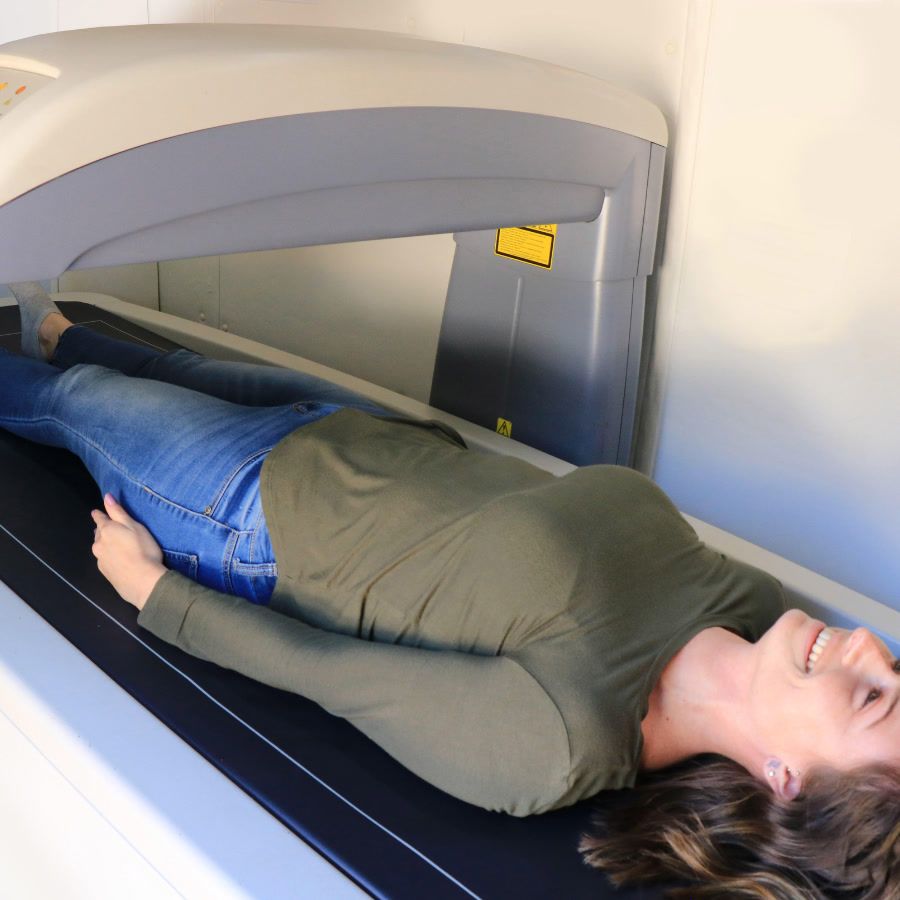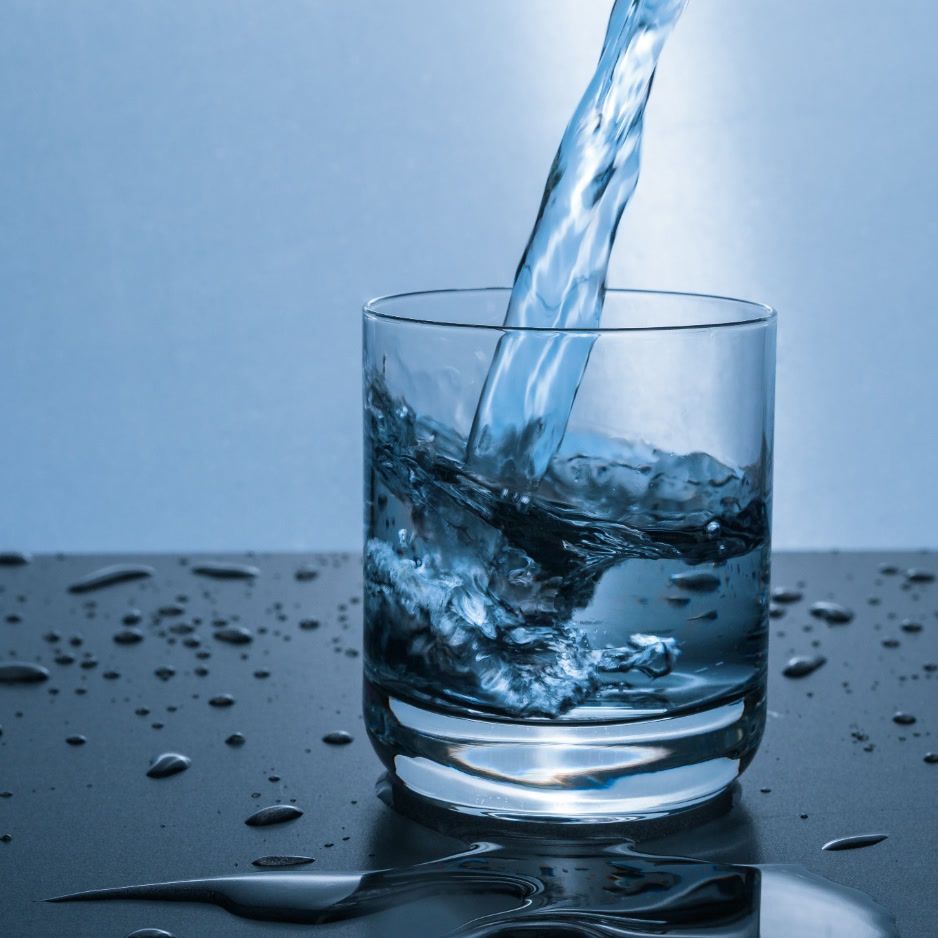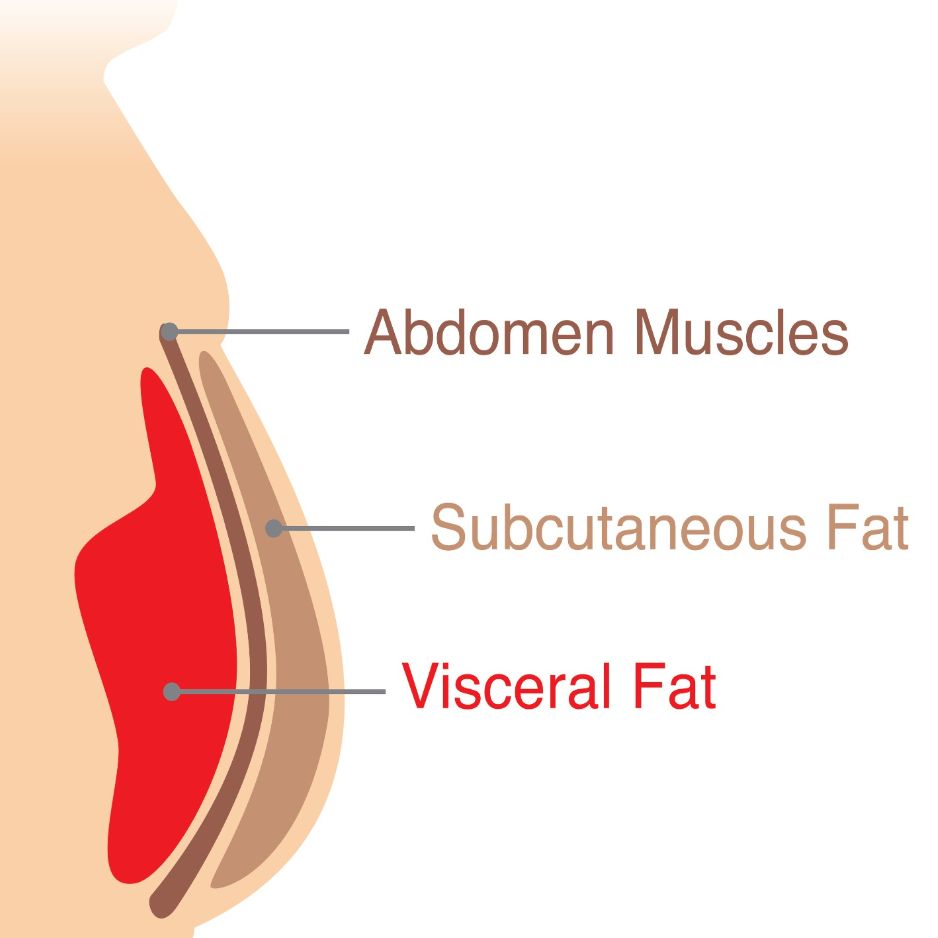Poor Circulation: Symptoms, Causes & Improvement Strategies

Poor Circulation: Symptoms, Causes & How to Improve It
Tingling fingers, persistently cold feet, or unexplained calf cramps can signal that blood is not reaching your tissues efficiently.
Poor circulation limits the delivery of oxygen and nutrients and, over time, can raise the risk of serious cardiovascular events. Recognizing early warning signs allows you to act before permanent damage occurs.
What Are the Telltale Signs of Poor Circulation?
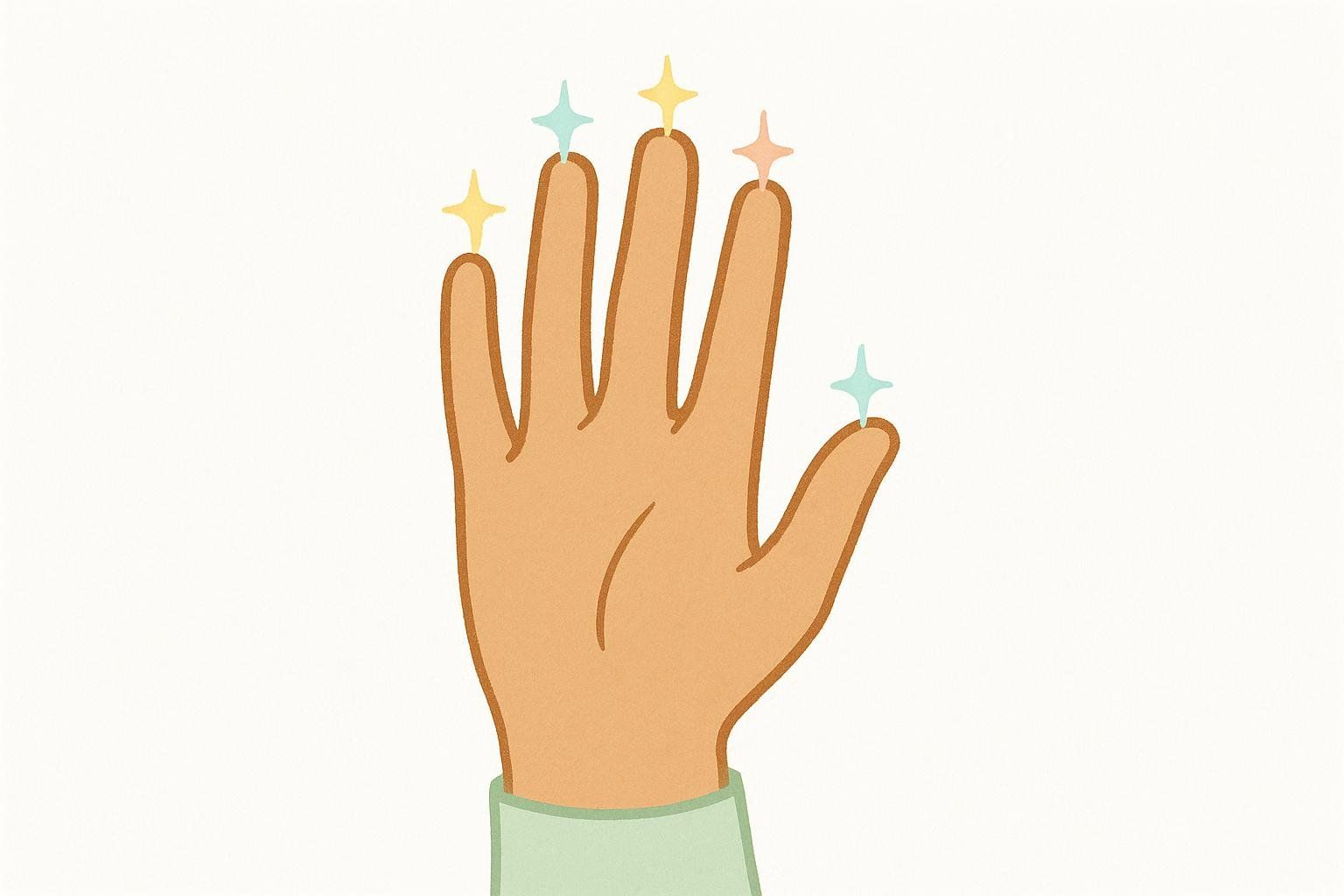
Because blood travels to every part of the body, symptoms can appear in multiple areas. Common red flags include:
- Tingling or Numbness: A persistent "pins and needles" sensation.
- Cold Hands and Feet: Feeling chilly in your extremities, regardless of room temperature.
- Swelling (Edema): Fluid buildup, especially in legs, ankles, and feet.
- Muscle Cramps: Aching or throbbing in the calves, thighs, or buttocks that may worsen with activity.
- Pale or Blue-Tinged Skin (Cyanosis): Skin color changes due to reduced oxygenated blood.
- Slow-Healing Wounds: Sores on the feet and legs that take a long time to close.
- Brittle Nails and Dry Skin: Reflect reduced nutrient flow.
- Varicose Veins: Bulging, twisted veins caused by faulty valves that let blood pool.
What Causes Poor Circulation?
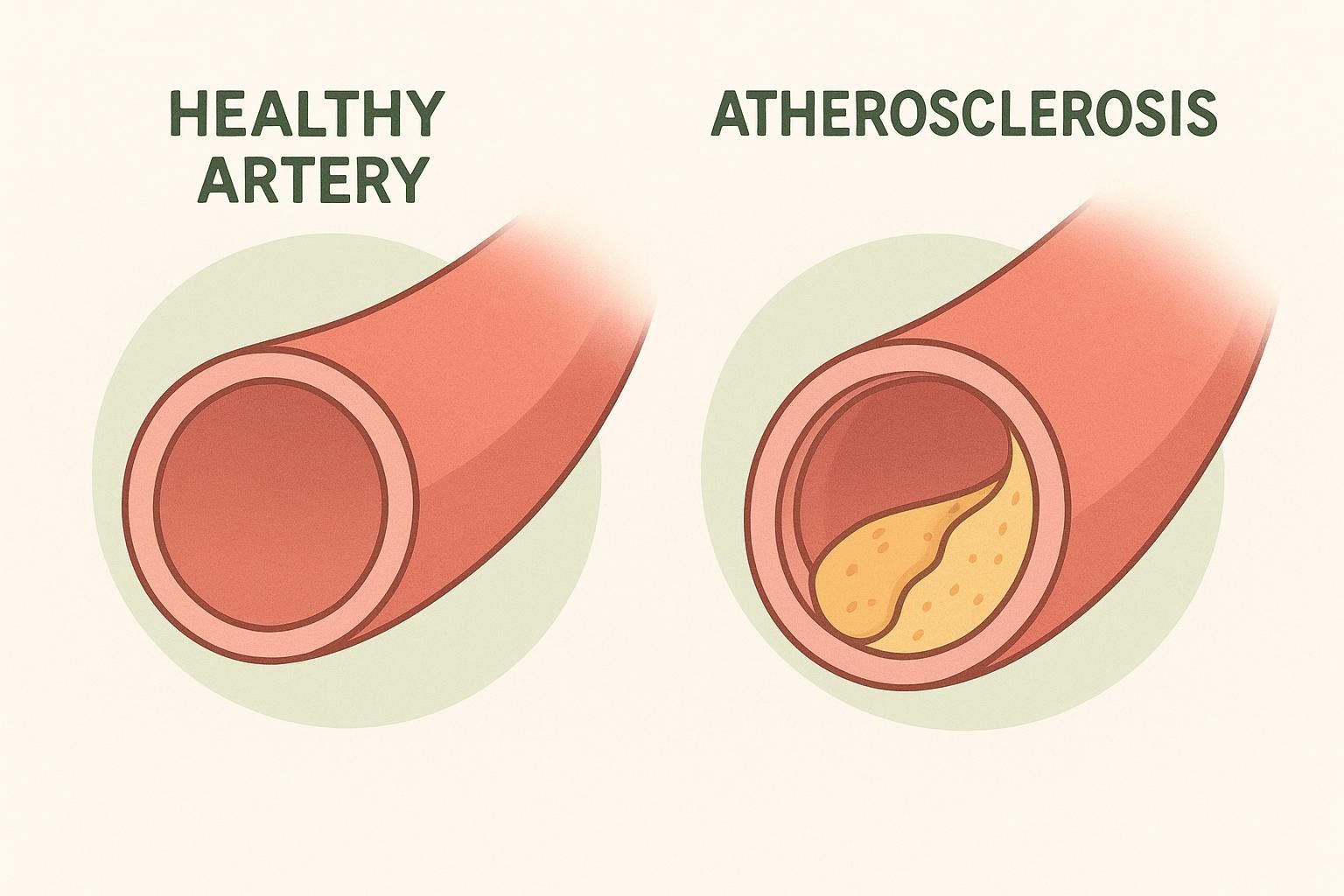
Poor circulation is usually a downstream effect of another condition that narrows, blocks, or weakens blood vessels. Key causes include:
- Peripheral Artery Disease (PAD): A buildup of fatty plaque (atherosclerosis) in leg arteries. According to the Cleveland Clinic, PAD is a leading cause of leg pain with walking.
- Blood Clots: A clot can partially or completely obstruct a vein or artery. Deep-vein thrombosis (DVT) in the leg is dangerous if the clot migrates to the lungs.
- Diabetes: Chronic high blood glucose damages nerves and vessel walls, impairing blood flow.
- Obesity: Excess weight—particularly when it accumulates as visceral fat around the organs—raises blood pressure and insulin resistance, both of which strain the vascular system.
- Raynaud's Disease: Spasms in small arteries of the fingers and toes sharply limit local circulation, often triggered by cold or stress.
- Smoking: Tobacco toxins damage vessel lining and accelerate atherosclerosis.
When to See a Doctor
Don’t ignore recurring or worsening symptoms. Contact your healthcare provider if you notice any of the following:
- Numbness, tingling, or coldness in your hands or feet that lasts more than a few minutes.
- Leg pain or cramping that starts after a short distance of walking (claudication).
- Wounds or sores on your feet or legs that have not healed within two weeks.
- Skin color changes (pale, blue, or shiny) or unexplained swelling in the extremities.
- If you have a history of diabetes, smoking, or cardiovascular disease and develop any new circulatory symptoms.
Seek emergency care for sudden chest pain, shortness of breath, or signs of a possible clot (rapid leg swelling, warmth, and redness).
How Is Poor Circulation Diagnosed?
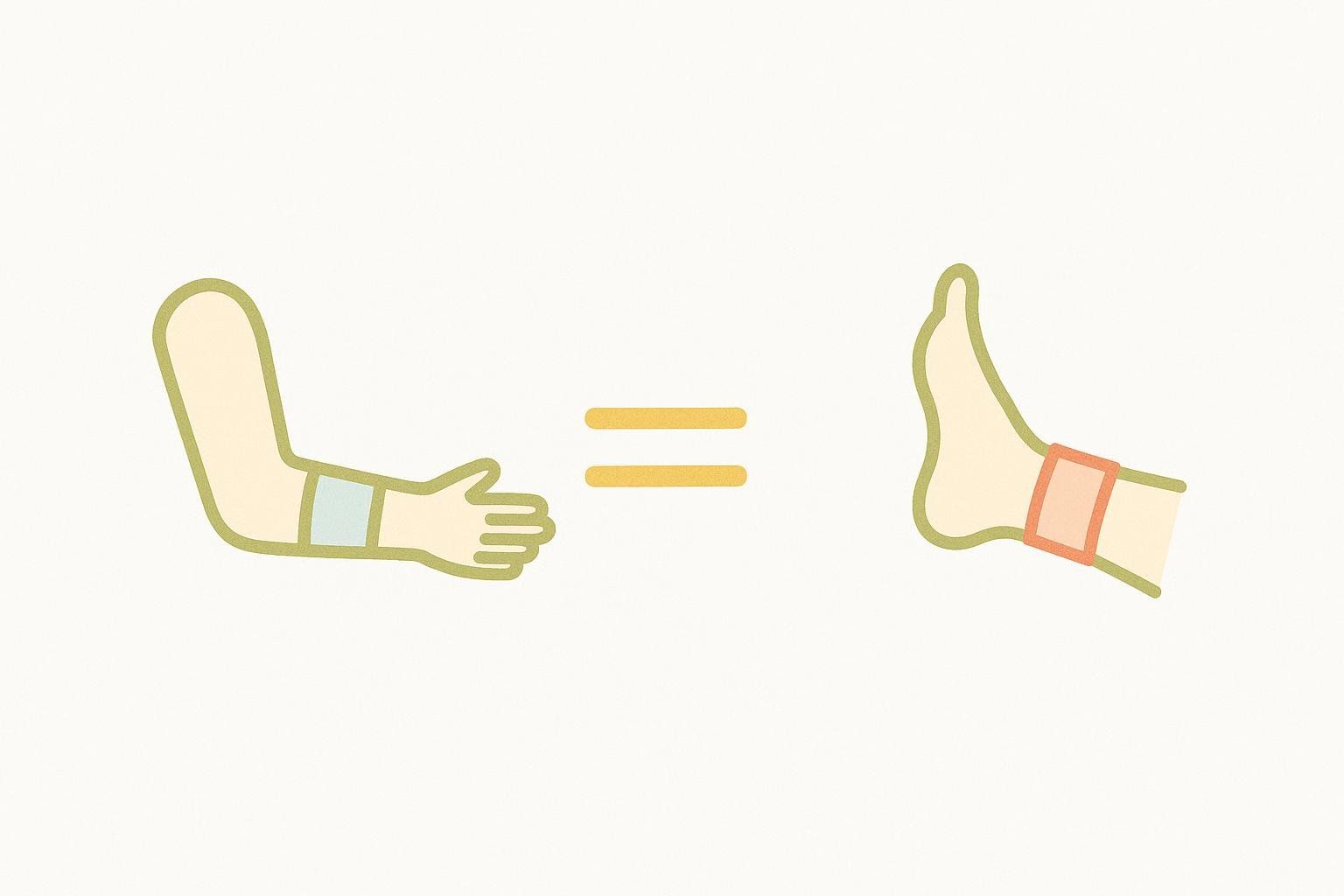
Evaluation may include:
- Physical Exam: Assessment of pulses, skin temperature, and swelling.
- Ankle-Brachial Index (ABI) Test: This painless test compares blood pressure in your ankle and upper arm; a low ABI score suggests narrowed leg arteries (learn how the ABI test works).
- Doppler Ultrasound: Visualizes blood flow and detects blockages or clots.
- Blood Tests: Identify diabetes, inflammation, lipid abnormalities, or clotting disorders.
7 Lifestyle Tips to Improve Blood Flow Naturally
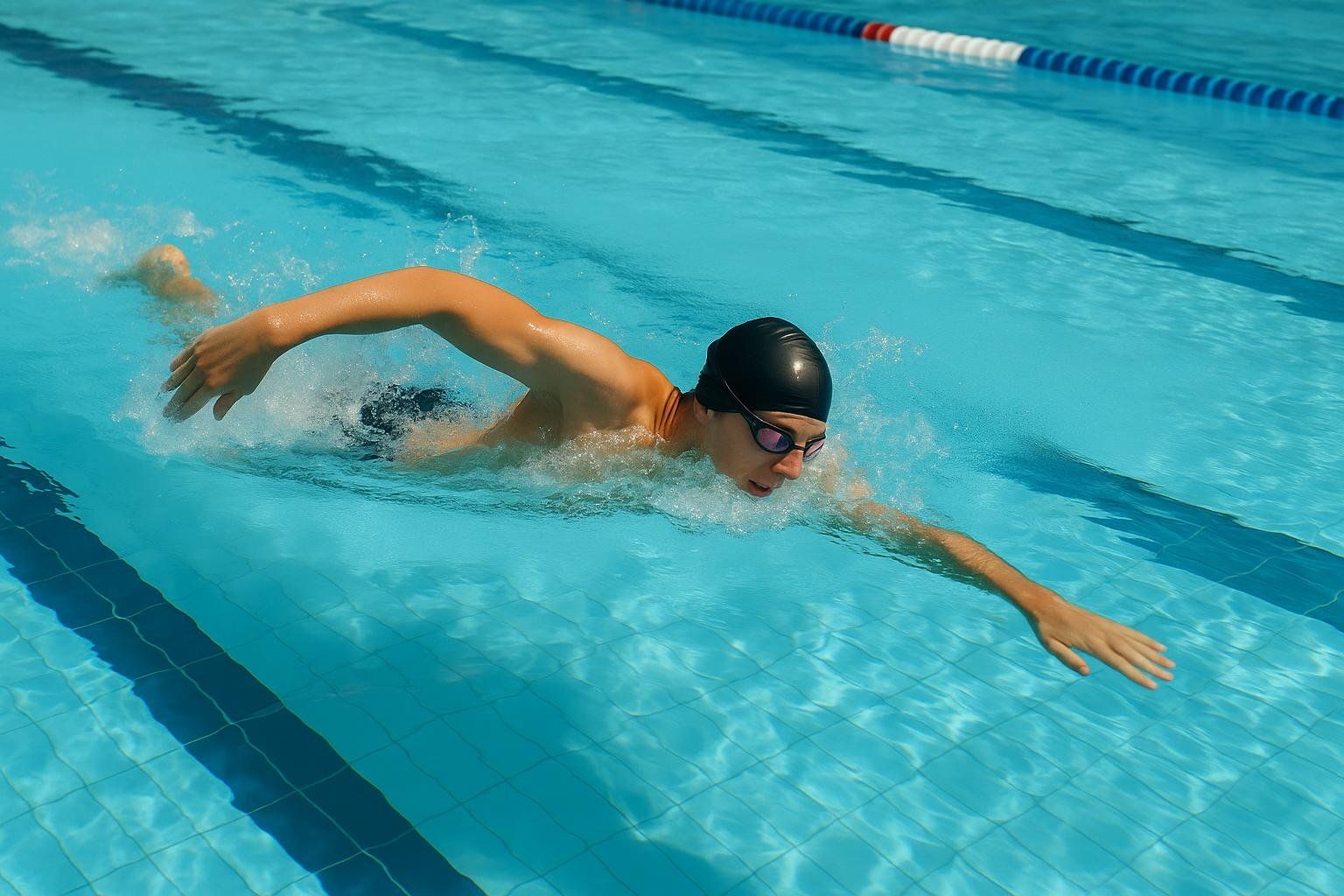
- Get Moving: Aim for at least 150 minutes of moderate-intensity activity weekly (walking, swimming, cycling) to strengthen the heart and vessel elasticity.
- Eat a Heart-Healthy Diet: Emphasize fruits, vegetables, whole grains, and oily fish. British Heart Foundation guidance recommends limiting saturated fat and salt.
- Stay Hydrated: Adequate fluid intake supports optimal blood volume and viscosity, allowing blood to circulate freely.
- Quit Smoking: Stopping tobacco use halts ongoing endothelial damage and lowers clot risk.
- Maintain a Healthy Weight: Losing excess weight reduces cardiac workload and improves vessel function. A DEXA scan can guide your body recomposition strategy if weight management is part of your plan.
- Elevate Your Legs: Raising feet above hip level while sitting helps venous blood return to the heart.
- Consider Compression Wear: Properly fitted compression socks or stockings limit pooling and reduce swelling.
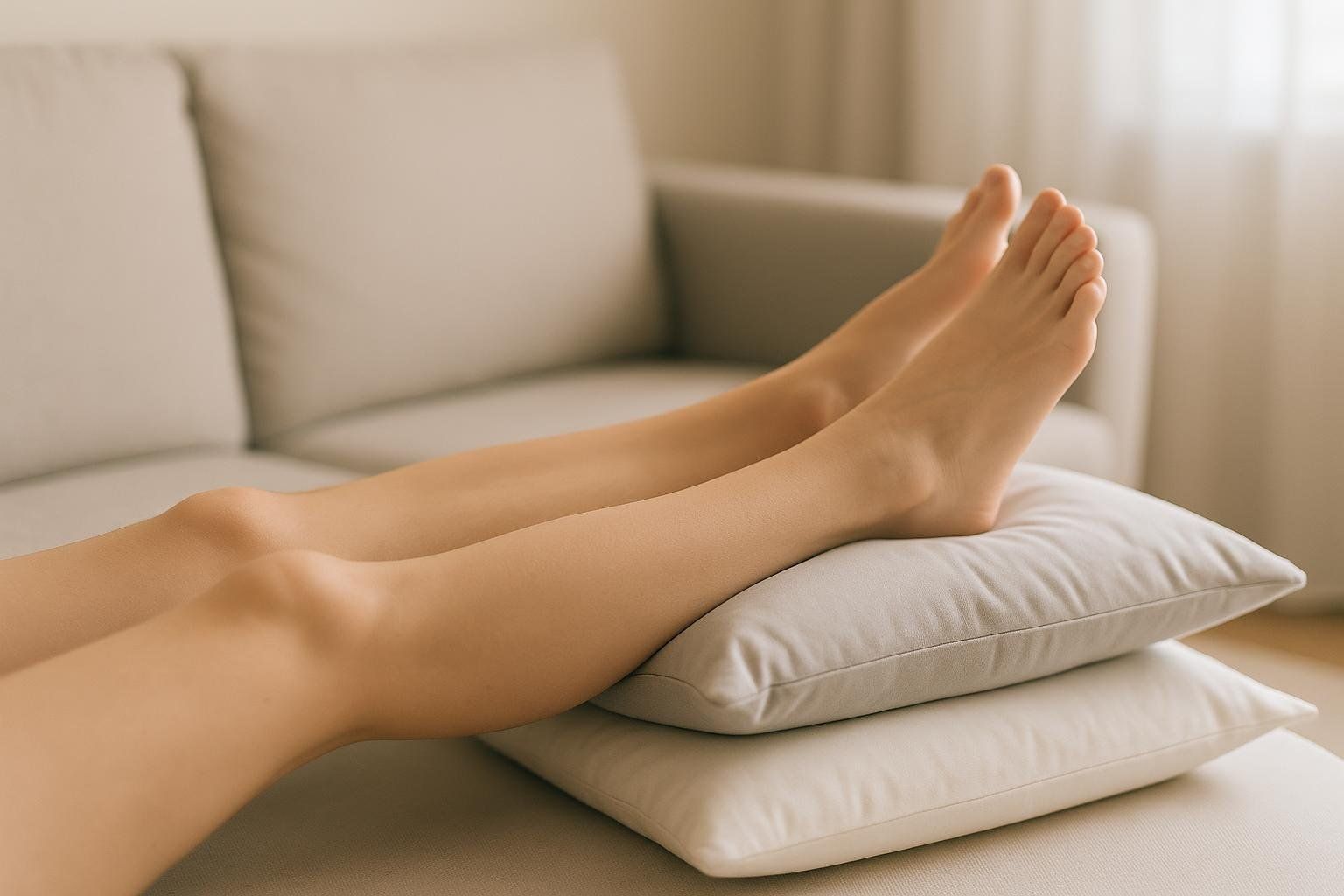
A Special Focus: Managing Circulation with Diabetes
People with diabetes face elevated risks of PAD, neuropathy, and hard-to-heal foot ulcers.
- Control Blood Sugar: Keep glucose within the target range set by your clinician.
- Inspect Feet Daily: Look for cuts, blisters, or color changes you may not feel due to neuropathy.
- Choose Protective Footwear: Well-fitting shoes reduce friction and pressure points.
- Schedule Regular Checkups: Early detection of vascular changes prevents complications.
Medical Treatments for Poor Circulation
Depending on the underlying cause, your physician may recommend:
- Medications: Drugs to prevent clots (antiplatelets or anticoagulants), lower cholesterol (statins), reduce blood pressure (antihypertensives), or widen blood vessels (vasodilators).
- Procedures: Angioplasty with or without stent placement, bypass surgery, or minimally invasive vein treatments for severe varicose veins.
Key Takeaways
- Early symptoms—cold extremities, numbness, delayed wound healing—warrant attention.
- Consistent exercise, balanced nutrition, weight control, hydration, and smoke-free living are frontline strategies to keep blood flowing efficiently.
- Professional evaluation (physical exam, ABI, ultrasound) clarifies the root cause and guides treatment.
